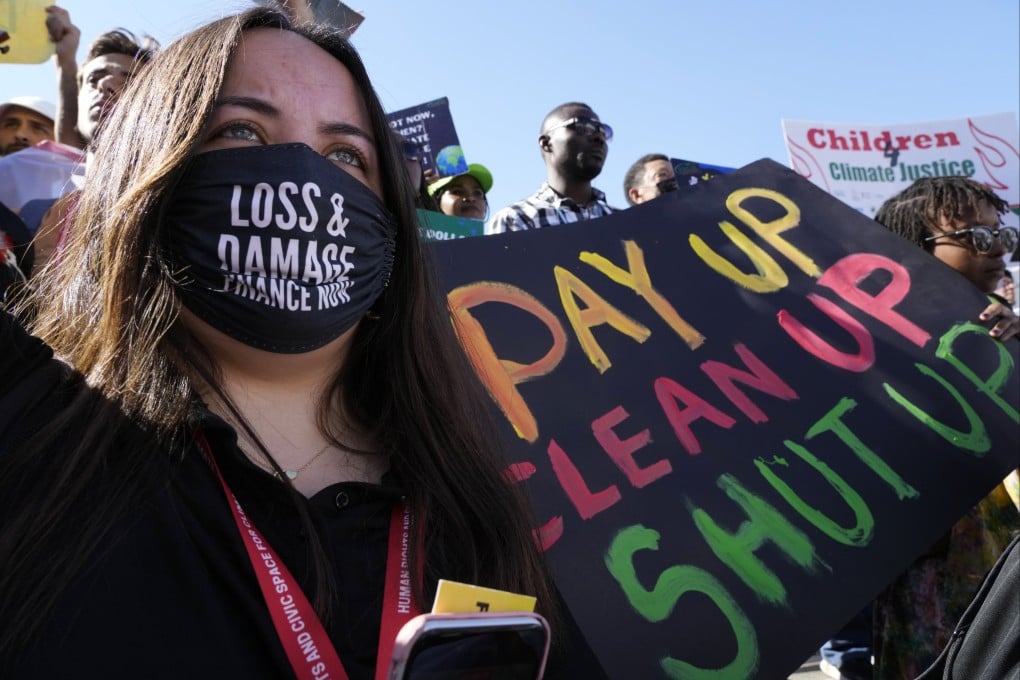Advertisement
The View | Is it time for ‘developing’ China to start funding UN climate aid?
- As a developing country, China does not have to give directly to UN climate funds, such as the loss and damage fund, although it is already a major climate donor
- While the debate over outdated categories rages on, all countries must continue to limit emissions and mitigate climate change
Reading Time:3 minutes
Why you can trust SCMP
3

The Cop28 UN climate summit held in Dubai last year concluded with an agreement that, for the first time, commits countries around the world to transition away from the use of fossil fuels.
Advertisement
On the first day of the meeting, a new climate fund for loss and damage was established. The host country, the United Arab Emirates, has pledged to contribute US$100 million, and many other states have also agreed to chip in. The funds are intended for the countries most severely affected by climate change.
China, accounting for 29 per cent of global emissions, is the world’s largest emitter but will not contribute to the fund. Why not?
Climate change is a great concern for China, and the country has implemented numerous measures to reduce its greenhouse gas emissions. China has set targets for peak emissions by 2030 and carbon neutrality by 2060.
Its coal-based economy is the reason for its high emissions and local pollution. According to China’s National Bureau of Statistics, in 2022 about 56 per cent of all energy still came from coal, despite the major development of renewable energy.
Advertisement
The loss and damage fund emerged from an agreement at the 2022 climate summit in Egypt. After much back and forth between developed countries and G77 and China, agreement on the fund was thrashed out. China supported its establishment, but said it would not pay into the fund. The absence of any Chinese contribution to the climate fund, or other financing, has been criticised.

Advertisement

